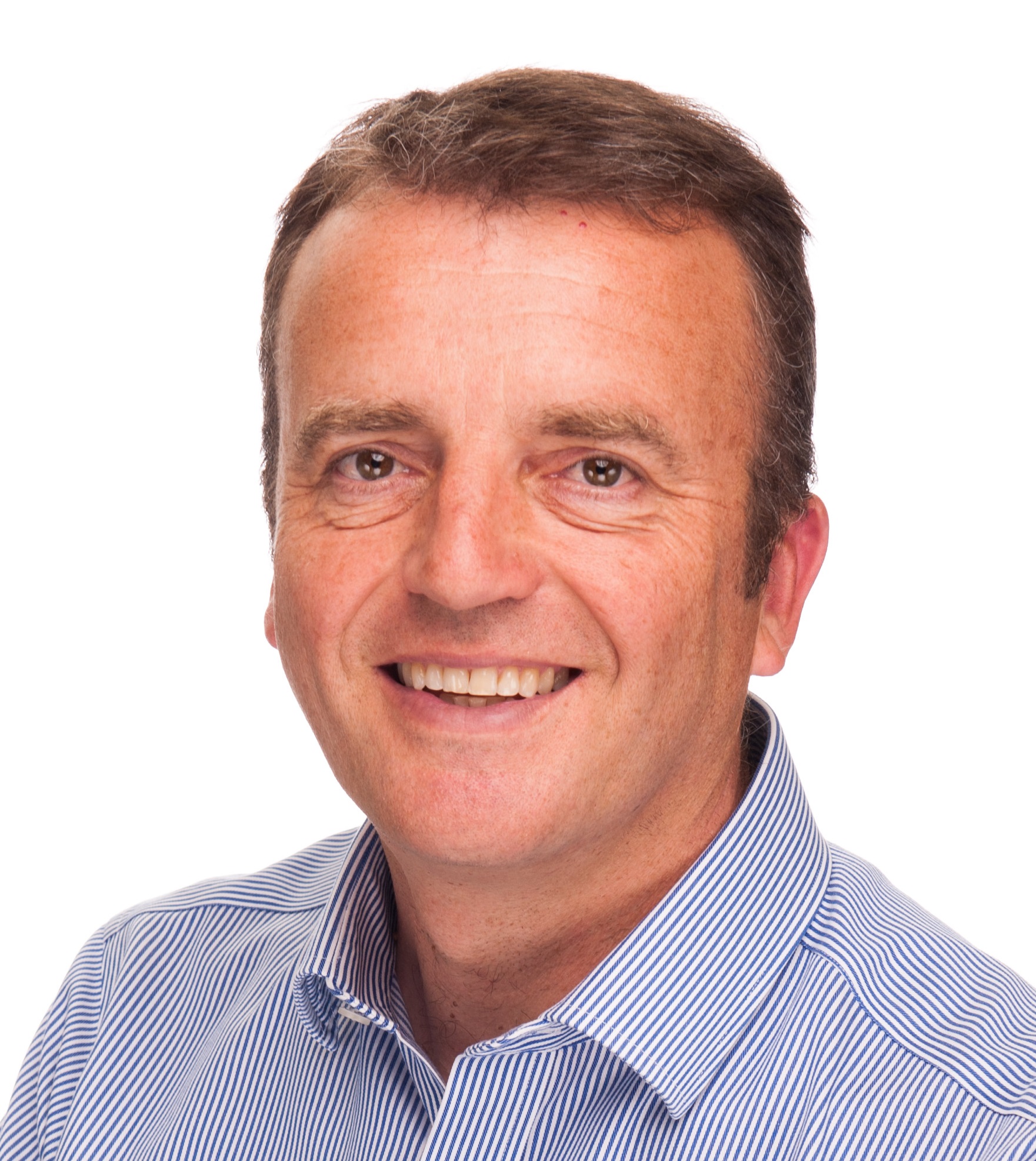Health & Safety often struggles to become truly embedded in everything that we do – whilst nobody would question its importance in the working environment, mention it to some and it gets greeted with a roll of the eyes and the assumption that a deluge of red tape and accompanying cost will follow. The more informed understand that to make real progress we have to look wider and address the individual’s safety culture and what happens outside of work as well as at work.
The trouble is, like so many things in life, Health & Safety is one of those issues that only becomes relevant on a personal level when its potential impact is significant and there is a real and imminent likelihood of it occurring. The Federation of Piling Specialists (FPS) has long been a champion of Health & Safety, often at the forefront of many initiatives resulting in the establishment of either guidance or advice to minimise risk. It also works both alone and together with other organisations to examine safety issues, seeking ways to reduce injuries, educating its members and the wider piling community so that the working environment is ultimately safe and risk free.
Of course, it is almost impossible to engineer or manage out all risk, but the reality of this means the piling sector still hurts too many of its employees. Any injury, no matter how small or trivial is unacceptable and should never be considered unavoidable, but what can be done? The FPS is taking a two-pronged approach to improving standards; firstly, by looking at the health and wellbeing of people employed in the industry and secondly looking at key operations where historically statistics show that individuals working for members have suffered serious harm and on more than one occasion.
People are an organisation’s key resource so looking after them must be taken seriously. The FPS is looking to make a difference by addressing the ‘Health’ part of Health & Safety, including Mental Health, which often still gets too little attention. The FPS is leading the way in the foundation sector with a soon-to-be-signed Charter. This Charter will be more than a piece of paper, it will set out standards, as well as get people thinking about the working environment and what can be done to make it safer and healthier both physically and mentally.
One aspect of the Charter is a work stream looking at how we should all be going beyond the minimum requirements in terms of medicals and health checks for our staff. It is a fact that giving all staff health checks has in almost all organisations helped employees identify and address issues that they were not previously aware of, bringing obvious benefits to the employee – and yes, the organisation benefits too through less risk to colleagues, happy, healthy workers and greater productivity. Good employee health therefore brings only benefits!
Athletes constantly monitor their performance and the factors affecting it to improve and whilst not everyone in construction is an athlete that should not stop us looking and learning. Some of the FPS members have used modern technology to assess the factors affecting performance on different shift patterns, for example, the FPS plans to widen this assessment across its membership with the aim of gaining a better understanding of the factors that affect individual’s performance on site across the FPS membership and not only on one site. It’s only a start, but the FPS feels is an important one!
The second prong of attack is the drive to improve safety in areas of demonstrable high risk. The FPS has established working groups looking at three key areas; plant/people interfaces, minimising manual handling and the handling of prefabricated reinforcement cages. There will be more output from these working groups published later this year. Technology will be a considerable driver for change. The piling sector, and indeed the wider constriction sector, will need to change fundamentally in its approach to almost everything it does if it has any chance of completely eradicating injury from the workplace. The old saying ‘the best way to avoid an accident is to simply not be there’, will mean embracing the digital future of the construction industry and the removal of people from dangerous places. Is the automated piling rig the solution and is it that far away? In its absence we need to better manage exclusion zones around piling activities and the FPS has a vision of what good looks like in this respect and will shortly be publishing its guidance on the subject.
Technology also has a significant part to play in minimising manual handling particularly around mini-piling rigs where today the technology exists in many situations to take hands and arms (the most commonly injured parts of our body) out of the danger zone using attendant plant with rod handling tools etc. This achieves the goal of reducing the risk but currently can often cost more – the specialists need the help of their clients in order to make the right choice by not only judging the proposed contractor on the basis of cost but also taking account of their approach to dealing with key issues such as this. Maybe the piling sector too needs a culture change, shifting towards a state of mind that does not accept the risks that it has lived with for too long and begin the process of asking how we keep people and plant apart?
FPS members do not compete on safety and are independently audited to high standards but that does not mean that all approaches in respect to health and safety, even among members, are the same – the current strategy is aimed at improving standards and by adopting common approaches to key issues, demonstrating more clearly to the wider industry the benefits of using an FPS member in relation to Health & Safety.

